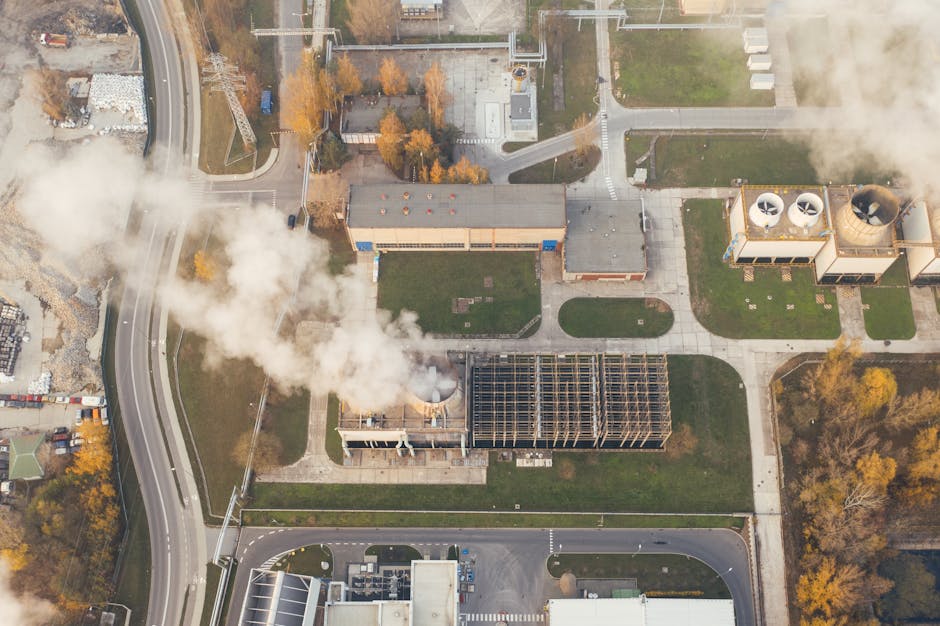Climate Change News: The Latest Updates, Impacts, and Solutions
Climate change, driven primarily by human activities, is no longer a distant threat; it’s a present reality impacting every corner of the globe. From rising sea levels and extreme weather events to biodiversity loss and food insecurity, the consequences are far-reaching and deeply concerning. This comprehensive overview delves into the latest climate change news, exploring the scientific evidence, assessing the global impacts, and examining the crucial solutions needed to mitigate this urgent crisis.
The Latest Scientific Findings: A Mounting Crisis
Recent reports from the Intergovernmental Panel on Climate Change (IPCC) paint a stark picture. The concentration of greenhouse gases in the atmosphere continues to rise, leading to an unprecedented increase in global temperatures. The past decade has been the warmest on record, with numerous heatwaves, droughts, and wildfires shattering previous records. These extreme weather events are not isolated incidents; they are becoming increasingly frequent and intense, demonstrating the undeniable link between human activity and climate change.
Scientific research also highlights the alarming rate of ice melt in the Arctic and Antarctic regions, contributing significantly to rising sea levels. Ocean acidification, caused by the absorption of excess carbon dioxide, threatens marine ecosystems and the livelihoods of millions who depend on them. The accelerating loss of biodiversity further underscores the severity of the crisis, impacting the delicate balance of our planet’s ecosystems.

Specific Examples of Recent Climate Change Events:
- The 2023 European Heatwave: A prolonged and intense heatwave across Europe led to widespread wildfires, power outages, and a significant increase in heat-related illnesses and deaths.
- Pakistan Floods (2022): Devastating monsoon rains caused unprecedented flooding in Pakistan, displacing millions and causing extensive damage to infrastructure and agriculture.
- California Wildfires (Ongoing): Years of drought and rising temperatures have fueled increasingly frequent and intense wildfires in California, leading to significant air pollution and property damage.
- Rising Sea Levels in Coastal Communities: Many coastal communities worldwide are experiencing accelerated erosion and increased flooding due to rising sea levels.
The Global Impacts: A Cascade of Consequences
The impacts of climate change are not evenly distributed. Vulnerable populations in developing countries, particularly those reliant on agriculture and natural resources, are disproportionately affected. Food insecurity, water scarcity, and displacement are becoming increasingly prevalent, leading to social unrest and migration.

The economic consequences are equally significant. Extreme weather events cause billions of dollars in damage each year, disrupting supply chains, damaging infrastructure, and impacting economic growth. The insurance industry is facing unprecedented challenges, with increasing claims related to climate-driven disasters.
Furthermore, climate change exacerbates existing inequalities. Those with fewer resources are less able to cope with the impacts of climate change, leading to a widening gap between the rich and the poor.
Specific Impacts by Sector:
- Agriculture: Reduced crop yields, increased pest infestations, and changes in growing seasons threaten food security.
- Water Resources: Increased droughts and water scarcity impact human health, agriculture, and industry.
- Human Health: Heatwaves, air pollution, and the spread of infectious diseases pose significant threats to human health.
- Infrastructure: Extreme weather events damage roads, bridges, and other critical infrastructure.
Solutions and Mitigation Strategies: A Call to Action
Addressing climate change requires a concerted global effort. The transition to a low-carbon economy is crucial, demanding a rapid shift away from fossil fuels towards renewable energy sources such as solar, wind, and geothermal power.
Investing in energy efficiency measures, promoting sustainable transportation, and improving carbon capture technologies are also essential elements of a comprehensive climate action plan. Protecting and restoring forests, which act as crucial carbon sinks, is equally vital.
International cooperation is paramount. The Paris Agreement, while a significant step forward, requires stronger commitments from all nations to limit global warming to well below 2 degrees Celsius, preferably to 1.5 degrees Celsius, compared to pre-industrial levels. Financial and technological support for developing countries is essential to enable them to participate in global climate action.
Key Areas for Action:
- Renewable Energy Transition: Rapid expansion of renewable energy sources and phasing out fossil fuels.
- Energy Efficiency: Reducing energy consumption through improved building standards and technologies.
- Sustainable Transportation: Shifting towards electric vehicles, public transport, and active mobility.
- Carbon Capture and Storage: Developing and deploying technologies to capture and store carbon dioxide emissions.
- Forest Conservation and Restoration: Protecting and restoring forests to enhance carbon sequestration.
- Climate Adaptation: Implementing measures to adapt to the unavoidable impacts of climate change.
Climate change is a complex challenge, but it is not insurmountable. By acting decisively and collaboratively, we can mitigate the worst impacts and build a more sustainable and resilient future for all.
Staying informed about the latest climate change news is crucial for understanding the urgency of the situation and supporting effective solutions. Continuous engagement and advocacy are vital to pushing for stronger climate action at all levels – individual, community, national, and global.


